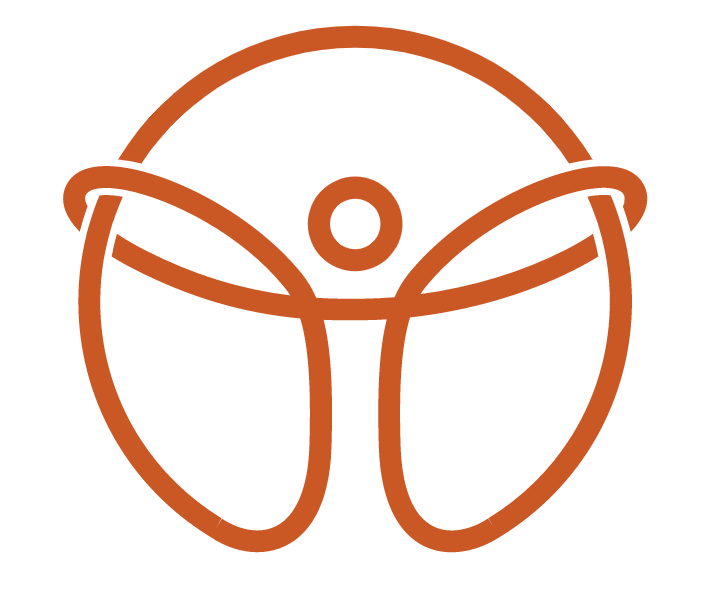When Shoulder Pain Starts in the Neck: The Overlooked Connection
Shoulder pain is one of the most frequent complaints in chiropractic and orthopedic practices. While injuries to the rotator cuff, labrum, or bursa are often to blame, not all shoulder pain originates in the shoulder itself. In many cases, the true source is the cervical spine. When this is overlooked, patients may undergo unnecessary imaging, rehab, or even surgery—without meaningful relief.
Why the Neck Causes Shoulder Pain
The neck (cervical spine) houses the cervical nerve roots, which exit between the vertebrae and form the brachial plexus. This intricate web of nerves provides both motor and sensory innervation to the shoulder and arm. When any of these nerve roots are irritated—due to a disc herniation, degenerative joint changes, postural stress, or muscular imbalance—the resulting symptoms can mimic shoulder pathology.
Common signs that shoulder pain originates from the neck include:
Pain that travels down the arm or into the shoulder blade
Weakness or heaviness in the shoulder without local injury
Numbness, tingling, or burning in a dermatomal pattern
Stiffness or pain when turning the head, especially toward the painful side
Assessment and Diagnosis
A careful history and physical exam are essential. We assess range of motion of both the cervical spine and the shoulder independently. If a patient has full shoulder range but pain increases with neck movement, we suspect a cervical origin. Orthopedic tests like Spurling’s, cervical distraction, and upper limb tension tests help reproduce or alleviate symptoms to pinpoint nerve involvement.
Muscle testing may reveal weakness in patterns consistent with nerve root compression (e.g., C5 nerve root compression may cause weakness in shoulder abduction via the deltoid).
The Role of Diagnostic Ultrasound
One valuable tool to confirm or rule out true shoulder pathology is musculoskeletal diagnostic ultrasound. In real-time, we can visualize the rotator cuff tendons, bursa, labrum, and surrounding soft tissues. If the ultrasound shows healthy, intact shoulder structures, yet the patient has significant pain or dysfunction, it shifts our focus to the cervical spine. This non-invasive, dynamic imaging method adds confidence to a diagnosis and helps avoid unnecessary referrals or imaging.
Why Neck-Origin Pain Is Often Missed
Traditional thinking often leads clinicians to chase pain to its source—the shoulder. While this makes sense initially, it overlooks the complex interplay between the spine and the limbs. The cervical spine is frequently under-assessed unless neck pain is also present, which is not always the case.
Many patients spend hours in front of screens, leading to postural strain in the neck and upper back. This contributes to nerve irritation and muscular imbalance that refers pain outward. Without a detailed spinal evaluation, this goes unnoticed.
How We Help
At MVMT STL, we take a whole-body approach. We evaluate not just the painful area, but the entire kinetic chain—starting with the spine. Using a combination of functional assessment, orthopedic testing, and diagnostic ultrasound, we get to the root of your shoulder pain, even when it’s coming from the neck.
If you’ve been dealing with stubborn shoulder pain that hasn’t improved with conventional treatment, it may be time to look higher up the chain. The neck might be the missing piece.

